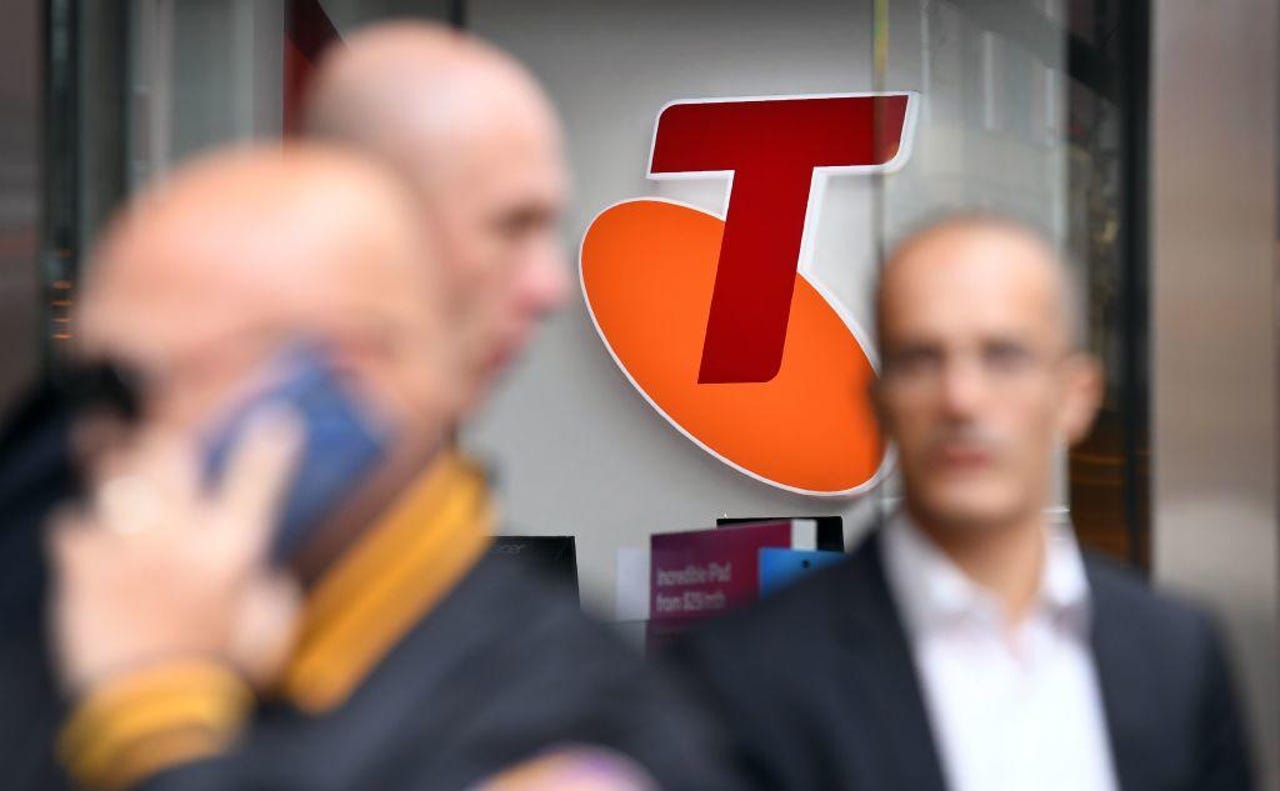Telstra and Ericsson lay claim to 'longest' 5G call record


Telstra and Ericsson have laid claim to making the "world's longest 5G call".
The call spanned 113 kilometres with both recipients connected to a single tower in Gippsland, Victoria. The tower was connected to Telstra's commercial network, used standalone 5G which was switched on in May, and spectrum in the 850MHz band.
The test used a "commercially available smartphone" and the latest Ericsson 5G standalone software. The result was hailed as allowing Telstra to expand its 5G reach in regional areas.
"Telstra will selectively enable this long-range capability based on the local requirements and environment of each mobile site," the telco said.
The pair also announced they would be teaming up to provide a 5G industrial wireless platform for enterprises looking for private networks using either their own, or Telstra's spectrum.
"Enterprises will now be able to benefit from 4G/5G capabilities while maintaining operational control, keeping their critical data on-site and making their business more efficient and productive," Ericsson ANZ chief Emilio Romeo said.
"Enterprises now have excellent coverage options between Telstra's commercial 5G 75% population coverage and a private network solution focused on their business needs."
Telstra said it would be conducting trails on how standalone 5G could be used for real-time business applications in the coming months.
Also on Monday, Telstra announced its 5G coverage now stretched to 75% population coverage, had 1.5 million 5G devices on its network, and its 4G network had surpassed 2 million square kilometres to have 99.4% population coverage.
"This [4G] coverage will continue to grow over the next few years to match Telstra's current 3G footprint at 2.5 million square kilometres and 99.5% population reach," Telstra said.
On Friday, Telstra fessed up that it had not been providing customers with the option to shift their NBN plan downwards when they were on a NBN plan that was too fast for the copper infrastructure in their premises.
"As we became aware of these issues, we reported them to the ACCC and the Australian Communications and Media Authority (ACMA) and have developed a comprehensive remediation programme. This programme started in February 2021 and we'll contact customers over the next few months," Telstra global connectivity and platform products lead Sanjay Nayak said.
"Since discovering these issues, we have made significant improvements to how we manage communicating NBN speed information to our customers. We've introduced a new system for processing the information we receive from NBN Co about customers' maximum speeds which lets us better match our data with NBN Co's and detect when there are issues."
Telstra said it would be informing customers of the maximum possible speeds on their fibre-to-the-node, fibre-to-the-basement, or fibre-to-the-curb connection after 21 days. For homes that have previously been connected to the NBN, Telstra said it would tell users the maximum speed available under the moniker of "dynamic service qualification tool".
"If dynamic service qualification data isn't available -- for example, if their home hasn't been connected to the NBN yet -- then customers on FttN and FttB won't be able to purchase our [100Mbps] premium speed plan," Nayak said.
"Once connected, we'll let them know what speeds their connection can support, and they will have the option to upgrade to the premium plan if available to them."
Related Coverage
- Telstra and Arenberg develop 5G bike helmet prototype
- Telstra wins 15-year Yarra Valley Water IoT contract
- Telstra branded packaging to be fully recyclable by 2022
- Telstra, Optus, and Aldi Mobile warned by ACMA for not verifying new customer info
- Telstra and TPG spend hundreds of millions on mmWave spectrum